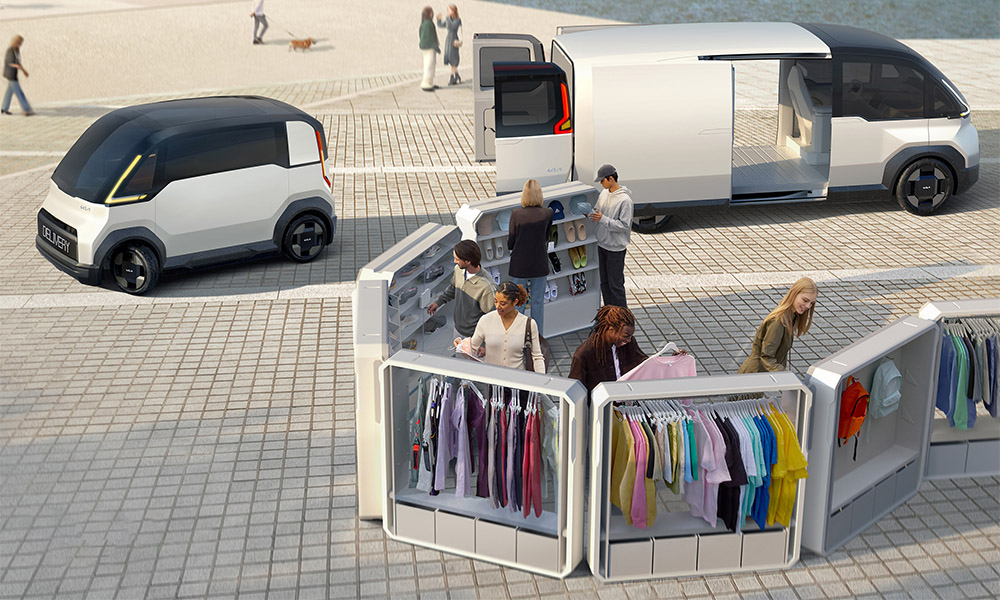
“Mobility” is the buzzword in motoring now, as the industry is no longer fixated on the cars themselves, but on how to move people and make life easier.
After a five-year absence, Kia returns for this year’s Consumer Electronics Show (CES) to unveil its Platform Beyond Vehicle (PBV), an ecosystem of electric vehicles to serve as a one-stop solution for different mobility needs.



Modularity is the name of the game. With Easy Swap technology, a single chassis could be used to transform a vehicle from a private car for personal transport to a taxi for ride-hailing and to a delivery van for logistics.
This will be made possible with the Dynamic Hybrid weldless body structure assembly. The use of high-strength tubular steel and polymers allows for greater customization with movable parts, without sacrificing rigidity.

Kia’s plan for PBV consists of three phases with the PV5 being the first model, to be made available in Basic, Van, High Roof, and Chassis Cab configurations.
The objective of Phase 1 is to get the PV5 released, and interconnect the vehicles with external data (such as route or delivery information) to allow them to function as a software-defined fleet.
Phase 2 will see the introduction of the PV1 and the PV7 models to complete the lineup, and the integration of artificial intelligence to prepare for emerging future technologies.
Phase 3 is the realization of self-driving vehicles operating as part of Hyundai Motor Group’s vision of a smart city—characterized by robotics, autonomous driving, and advanced air mobility.



Kia said that it is constructing a production facility for PBV models at its plant in Autoland Hwaseong in South Korea. This will combine cell-based manufacturing (also featured at Hyundai‘s latest plants) with traditional conveyor-belt production to produce 150,000 units annually starting in 2025.











Comments